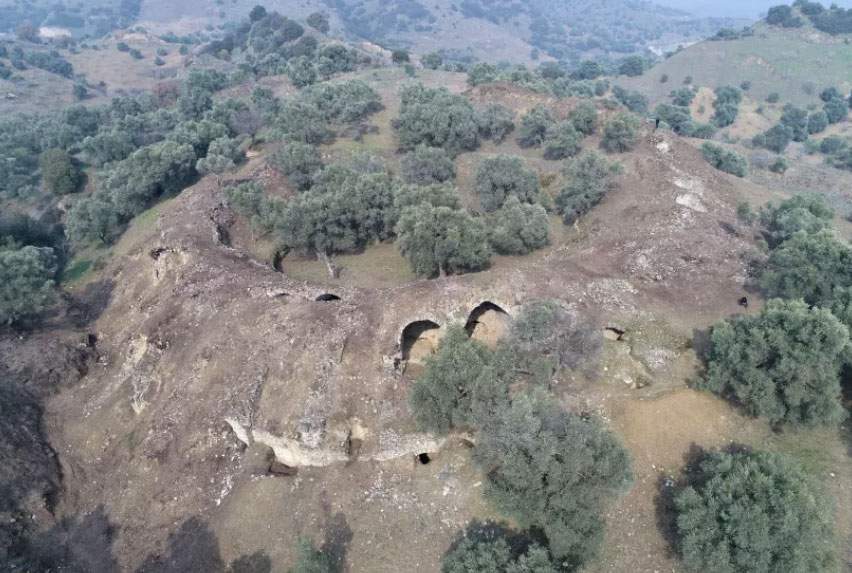In Anatolia, near the Turkish town of Nazili in Mastaura, archaeologists from Aydin University have discovered nestled among nature and olive trees the remains of an ancient Roman amphitheater. According to Mehmet Umut Tuncer, director of cultural and tourism affairs of Aydin province, it is a “unique and magnificent structure” and is the “third known amphitheater in Turkey.” Even, according to the team’s chief archaeologist Sedat Akkurnaz, it would be theonly known amphitheater in such a good state of preservation in Anatolia.
The Mastaura amphitheater would date back to around 200 A.D., during the Severan dynasty. Circular in shape, it has a diameter of about 100 meters with walls about 15 meters high. In terms of capacity, archaeologists speculate that it could accommodate between 15,000 and 20,000 spectators. It probably also constituted a point of attraction for other cities in the region. “People from neighboring cities came to Mastaura to see major events in this building specially designed for bloody shows,” Akkurnaz added. The team compared the discovered monument to the Colosseum in Rome. Now the archaeologists, engaged in 3D scans, hope to resume excavations for geophysical surveys of the building.
 |
| Ancient Roman amphitheater discovered in Turkey: it is the Colosseum of Anatolia |
Warning: the translation into English of the original Italian article was created using automatic tools. We undertake to review all articles, but we do not guarantee the total absence of inaccuracies in the translation due to the program. You can find the original by clicking on the ITA button. If you find any mistake,please contact us.